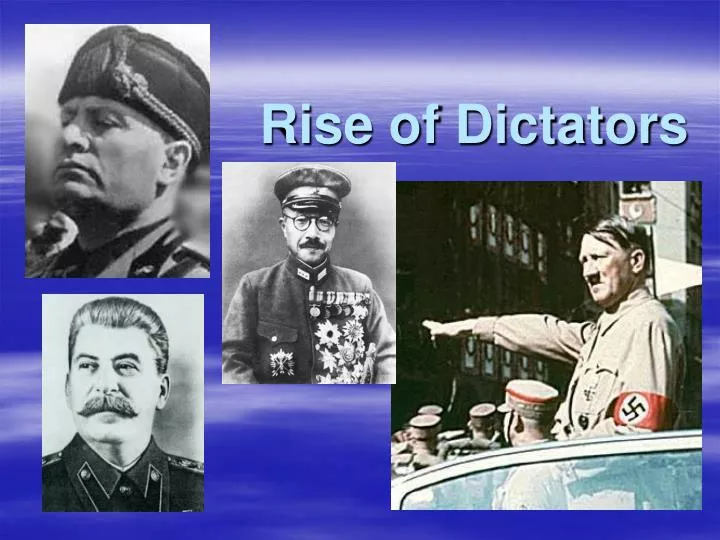


Guide to League of Nations Publications: A Bibliographical Survey of the Work of the League, 1920–1946. Aufricht 1951 and Henig 1973 each offer guidance through different sets of league documents that would be helpful to researchers.Īufricht, Hans. League of Nations Information Section 1939 is a league publication and overview of all things related to the League. For an even shorter overview of the League, see Raffo 1974. Scott 1973 is a colorful narrative of the highlights of the League’s history but it does not break any new ground in terms of historical analysis. Gill 1996 is a more recent and shorter publication on the League’s history, but it only covers the second half of the League’s existence. Northedge 1986 complements Walters’s work in its attempt to analyze the strengths and weaknesses of the League and may provide a less intimidating introduction to the League for students. Many scholars point to this work as the most definitive overview on the subject. One of the most respected of these efforts is Walters 1952, which is a penetrating two-volume history of the League. Many authors have attempted to paint a generalized portrait of the League of Nations. However, at levels below that of international security, the League advanced a number of important areas and issues in international relations, including the way states approached emergent global issues such as human rights, post–World War II revision of international law, and ongoing efforts to provide some form of collective security to the international community. During its formal existence from January 1920 until April 1946, the League faced a variety of violent conflicts that it usually failed to prevent. After World War II, the victors attempted to improve on the League by creating the United Nations, but they kept the League’s bicameral structure as a model. Although they managed to found the League of Nations to those declared ends, this experiment in international security is generally regarded as a failure, especially in light of the outbreak of World War II. The leaders of the victorious powers, particularly US president Woodrow Wilson, hoped to create an international organization and permanent conference that would serve to peacefully resolve future conflicts and prevent another war. The League of Nations was designed and authorized during the 1919 Paris Peace Conference in the aftermath of World War I.


 0 kommentar(er)
0 kommentar(er)
